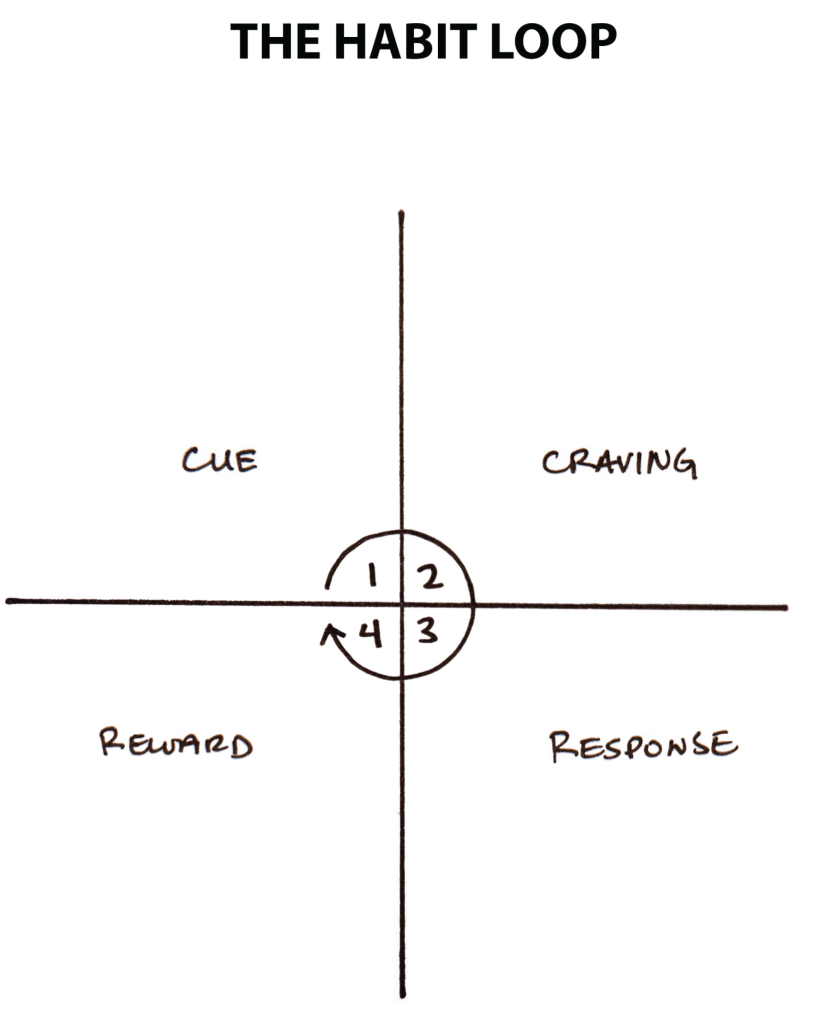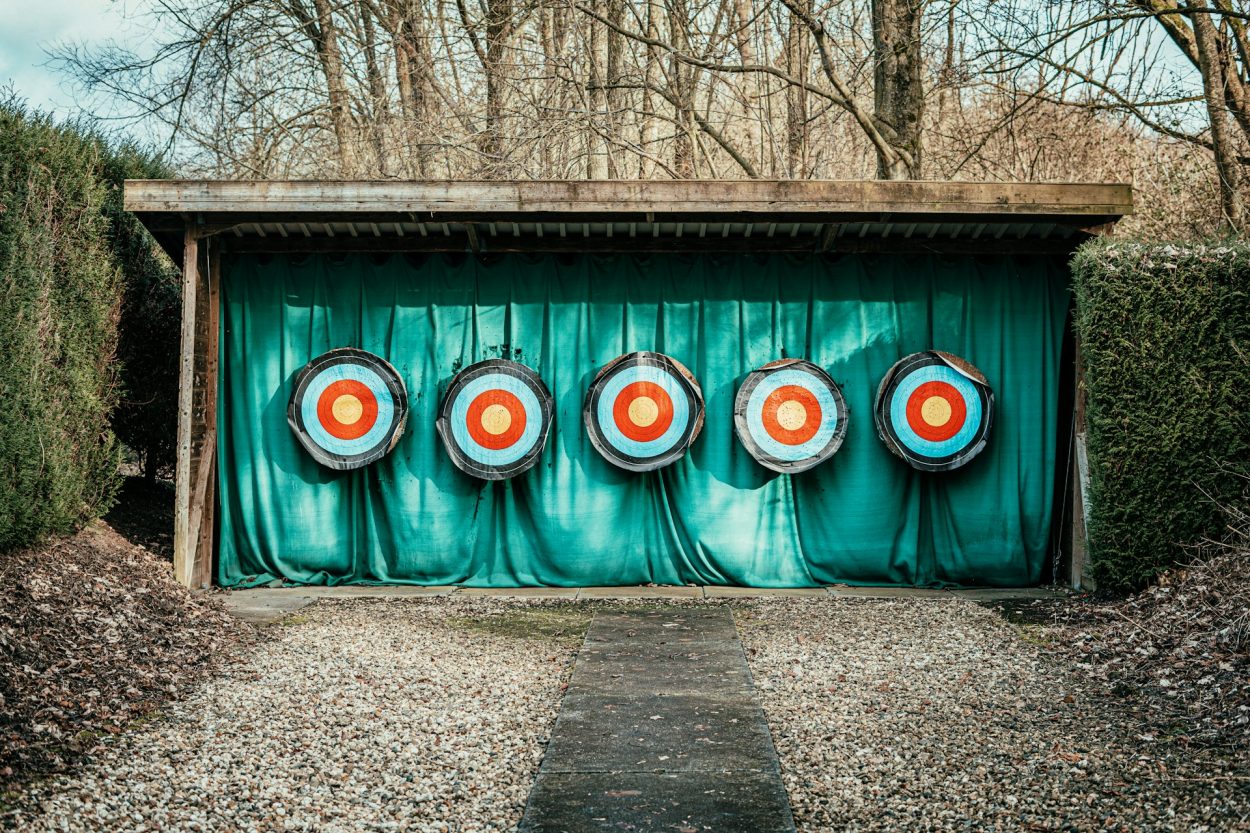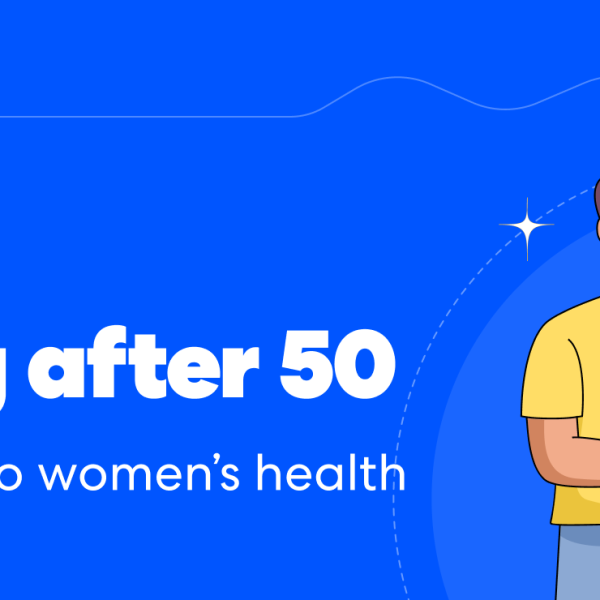This article is written by Even’s Clinical Psychologist, Mithra K.
New Year Resolutions are a yearly ritual that we all perform unironically, knowing full well most of us will probably fail within the first week of keeping them. If the odds of failure are high, why do we keep playing this sport?
Let’s dive into the psychology behind these annual promises and explore some practical tips to make sure this year can be a little different.
Turning a few pages back…
At the beginning of each year, the ancient Babylonians made promises to their gods often related to paying debts or returning borrowed items. They saw this as a way to start the year off on the right foot and gain the favour of the gods.
The Romans believed the new year was a time for renewal and improvement, symbolized by cleaning homes, decorating with greenery, and offering sacrifices to Janus, the god of beginnings and endings, for good fortune in the coming year.
In more modern times, we have developed our own traditions–watching the famous ball drop at New York, spending time with family, vacationing in a new country. Speaking of traditions, has your neighbourhood gym sent you their NY membership offers yet?
No matter which side of the history we turn to for this, few things remain the same. We definitely aspire for improvement, hope for a better future, look forward to new beginnings and crave for a chance to correct mistakes and/or do things differently.
The Psychology behind New Year Resolutions
The Fresh Start Effect
Coined by researchers Hengchen Dai, Katherine Milkman, and Jason Riis (2014), the Fresh Start Effect states that fundamentally, individuals are more likely to initiate positive changes and pursue goals at the beginning of a new period, such as a new year. It acts as a psychological reset, giving us a mental break to reflect upon the past, distance ourselves from past failures and set goals for changes or “fresh start”. This results in increased motivation, increased self-esteem and reduced self doubt.
This in turn increases self-efficacy, which is one’s belief in their ability to achieve a task or goal, as one controls the type of task, time in which the task is performed as well as their environment in which to reset and achieve these tasks.
Dopamine System Activation
Is there something in your brain that makes the concept of resolutions sound as good as it does? Multiple studies say, yes! If you just saw your favourite celebrity or influencer talk about their fitness goals or your friends turning those fitness dreams to reality and you mentally make a plan to copy this. You signal your brain that you are about to do something “rewarding” which activates “The Dopamine System”.
Dopamine is an important neurotransmitter that plays a crucial role in motivation and helps in habit formation as well as pleasure/reward-seeking behavior aimed to provide the “feel good” sensation.
We are inherently habitual beings who seek structure and goal directed behaviours as it feels pleasurable to us. What is also true is that our brain is reactionary in nature and this helps it to gain inspiration and cues from our environment using the reward system and makes up goals that sound interesting to us.
What makes us slip up?
Lack of personalisation
Not personalising your goal or knowing what is at stake for you eventually signals to your brain that you might not have any other reason to do something other than for external reasons that lose significance over time.
When you don’t personalize your goals, you risk making them sound monotonous and this results in you losing conviction and experiencing a drop in dopamine and serotonin, your “feel good” chemicals.
External factors spike your adrenaline in the beginning but the adrenaline quickly drops over the next few days or months of goal setting. Having internal cues for rewards is important to avoid this.
For example, if your goal is to run a marathon, an external cue might be the promise of a medal at the finish line. However, this motivation might fade as training gets tough. However, if you focus on internal rewards like the feeling of accomplishment after each successful run, the pride of pushing your limits, or the satisfaction of getting stronger, you are more likely to stay motivated throughout the training process.
Instant gratification
Cognitively, we are more inclined to do things that result in instant gratification. The present bias or The Immediacy Effect, leads us to prioritize short-term rewards over long-term goals. For example, the immediate pleasure of a sugary snack might outweigh the long-term benefits of a healthy meal.
Optimism bias
Coupled with optimism bias, we often overestimate our ability to change and underestimate the obstacles in our path. This can eventually lead to disappointment and frustration when we fail to meet unrealistic expectations. The fear of failure can also paralyze us, preventing us from taking the necessary steps to break old habits or learn new skills. This fear can manifest as procrastination, avoidance, or even self-sabotage, ultimately hindering our progress towards our goals.
Presence of other limiting habits
When we try to form a new habit, we also seldom fail to see other limiting habits that stand in our way.
Since habits are formed through a loop, we must disrupt the existing habit loop and replace it with a more beneficial one. Failure in doing so could result in losing not only motivation towards the goal but also weakening the resolve behind the new goal.
Habit loop consists of a cue, response and reward.
The cue might be the sound of your alarm or the sight of your phone on your nightstand. The response is unlocking your phone and scrolling through social media. The reward is the dopamine hit you get from seeing notifications and engaging with content.
Neglecting mental and emotional resources
While physical factors like gym memberships and dietary plans are important, psychological factors such as stress, burnout, and mental health issues can significantly hinder our ability to stay motivated and consistent.
We do come across people saying “it’s all in the mind” but your mind is connected to your brain and the body. Your mental health concerns are often neglected as they are not visible physically as much as a wound on your leg.
By the way, we wrote how improving your gut health can positively affect your motivation to exercise.
They naturally make it difficult to sustain motivation levels and follow through goals as our resources or energy levels are most likely depleted. If we are not doing anything concrete to first replenish them, it sets the stage for demotivation.
How do you overcome this slippery slope?
The idea is to compromise. It doesn’t always have to be all or nothing.
Say your new year goal is to journal every day. The ideal outcome of this resolution is that you write three pages every day to feel successful. The first few days are great but then you lose steam. You just don’t feel like continuing.
Pushing only results in making you feel shame, guilt and regret in doing things that you actually might end up liking if you instead tried being realistic, gentle and slow with yourself in the process.
Write three pages when you feel like it, write 2 lines when you don’t. The process and the habit is more important than the outcome.
How to stick to your New Year Resolutions
Believe in your Neuroplasticity
We’re often told some people are just “set in their way” and won’t ever change. But that is not always true.
Our brains are incredibly adaptable thanks to the phenomenon called Neuroplasticity. This feature allows us to rewire our neural networks, enabling us to learn, grow, and change. This means past experiences don’t have to define us. By understanding our weaknesses and working on them, we can reshape our brains and habits.
For example, if you’re trying to learn a new language, start by exposing yourself to the new language through classes/apps, practice speaking, reading, and writing the language and repeat these activities. Your brain strengthens the neural connections associated with the new language and becomes more efficient at processing and using the new language, leading to improved cognitive function and neuroplasticity. Just by providing a realistic space for structure and practice, neuroplasticity can take over in helping us to stick with the resolutions better.
According to the Mayo Clinic, “Though the number of neurons may decline with age, emerging research has shown that neuroplasticity helps the brain retain its ability to adapt both structurally and functionally throughout life.”
Be “SMART”:
When goals lack specificity, they lack structure required for your brain and body to coordinate with the available resources to help you achieve them. It’s the difference between asking someone for a drink vs asking someone for a glass of water. Instead of vague goals like “start exercising,” set specific, measurable, achievable, relevant, and time-bound (SMART) goals.
For example, a vague goal is to be healthy, a SMART Goal could look like: I will complete a 5K run in under 30 minutes (specific) by Feb 28th (time-bound). My current time is 35 minutes, so I’ll train 3 times a week for 3 months (measurable), gradually increasing my distance and pace and track it using a running app on a weekly basis (achievable). This goal will improve my cardiovascular health and overall fitness (relevant).
By setting clear, actionable goals, you’ll be more likely to achieve them and make positive changes in your life.
Form a good habit loop
No habit gets conjured out of thin air. It is achieved with creating structure, improvising as and when milestones are achieved and by maintaining deliberate consistency.
Personalization or customization of your goals by using evidence-based techniques like the habit loop documented by James Clear in his book “The Atomic Habits” can provide a structure for the brain to adapt to the habits you are trying to create.

Make the Desired Habit Easy:
- Obvious Cues: Place reminders in plain sight (workout shoes in the front of the shoe stand).
- Attractive Cravings: Make the habit enjoyable (choose fun workout attire like bright coloured/ fun prints).
- Easy Response: Start small and gradually increase intensity. (beginning with 20 mins of walking everyday and amping up rather than immediately signing up for a gym subscription)
- Satisfying Rewards: Celebrate milestones, no matter how small. (Breaks from workout, longer sleep duration one weekend)
Work “with” and not “against” procrastination
Procrastination is the biggest thing standing in our way. But let’s not forget that it is normal human behaviour and does not necessarily always mean trouble. There could be many reasons why something you genuinely want to do, simultaneously becomes the hardest thing to begin with or to maintain. Chunking your tasks into smaller parts can be an effective method to have a better understanding of the scope of your task at hand. Let’s say your big task is “Clean the entire house.” This can seem daunting, right? However, if we can break it down room by room like Living room, kitchen, etc.and designate subtasks to these spaces like below, it would enable better task visualisation and makes the cleaning process less overwhelming and more efficient.
- Living Room:
- Subtask 1: Pick up clutter and put things away.
- Subtask 2: Dust furniture and electronics.
- Subtask 3: Vacuum the floor.
- Kitchen:
- Subtask 1: Wash dishes and put them away.
- Subtask 2: Wipe down countertops and appliances.
- Subtask 3: Sweep and mop the floor.
Find emotional blocks
Some things just “seem daunting”. The key is to identify which part of the thing is overwhelming and then working your way up to making it easier.
For instance, if you perceive the task of working on creating a power-point presentation inherently difficult, you are less likely to move towards it. Ask yourself what makes the task sound difficult? Is it the process, is it the presentation part that follows after, are you feeling distracted or demotivated, etc. This will allow you to solve the problem standing in the way of achieving the goal. However if this is a more pervasive and chronic concern, speaking with a therapist regarding the same could be helpful to identify and work towards underlying causes if any.
Set positive affirmations and reminders:
Be your biggest cheerleader and create positive affirmations and positive reminders to prove to yourself about the tasks you have done well in the past. Just by verbalizing your fitness goals like “I am committed to my health and fitness goals.” , “I have tried doing this before and this time I have better tools to follow this goal.”, “I am strong, healthy, and energetic.” can help boost motivation and focus, build self-confidence, help combat negative self-talk, help in stress reduction by substituting self doubt with self belief and enhance your resilience and conviction in the process.
We can’t fully avoid self-doubt, but we can build systems to address it and tackle issues as they arise.
Create accountability sources
Does a system/person know that you have set these goals? Creating accountability sources like monitoring your progress through habit trackers/apps like Strava, Finch and so on can be helpful. Habit tracking apps hold you accountable by providing a visual representation of your progress. The daily check-in can motivate you to stay consistent. Seeing your progress over time can be quite motivating.
As you check off days, you’ll feel a sense of accomplishment, encouraging you to continue. You can gain valuable insights into your behaviors and patterns and this self-awareness can help identify areas where you need to improve. Many apps offer customization options, allowing you to tailor your tracking experience to your specific needs and goals. It also provides data that can be shared in a common format that allows you to interact and share with your loved ones and allow for creating a community with shared goals.
However, it’s useful to also keep in mind that these apps could create a sense of dependence and addiction to screen time. While it is amazing that we have such precise data comfortably delivered to us, it is important to be mindful about the process as there is a risk of becoming overly focused on perfection, leading to frustration and disappointment if you miss a day or don’t achieve the goal. The best habit tracking app is the one you’ll actually use. Experiment with different apps to find the one that works best for you.
Creating accountability buddies or body doubles
Your “body double,” isn’t necessarily helping you directly with the task, but their mere presence can help you stay focused and motivated. The social pressure of having someone else around can help you stay on task and avoid distractions, can reduce anxiety and stress, making it easier to focus and can create a sense of camaraderie and shared purpose.
Social Influence:
The impact of social influence can tempt us to do things that we notice others around us doing. Letting your trusted friend/family member keep a check on you and/or joining a group of people with common goals could be helpful in not feeling lonely in the process and allows us to follow through with our goals. Monkey see monkey do, Yeah? Why not put that to some good use!
Look at what is around the goal
More often than not, it is not the goal in itself that we struggle with but the things surrounding it that makes it difficult for us to approach, sustain and achieve the goals. By working on stress management and cultivating a positive environment, you’ll be better equipped to achieve your goals.
These can be achieved by checking your environment for any immediate stressors that are capable of distracting or occupying your resources otherwise required for working on your goal, working on stress management, creating deliberate space for rest, recuperation and even procrastination in the process of developing the goal.
Processes like meditation can allow for slowly developing sustained focus and attention on tasks at hand. Last but not the least, prioritise sleep.
Include your environment
Human beings are inherently social animals which means our environment forms a key role in how we form, perform and achieve our goals. Your environment directly impacts your ability to stick to your resolutions. High-stress levels, caused by factors like a demanding job or troubled relationships, can hinder your focus and decision-making.
One can improve their chances of success by prioritising relationships that are positive and supportive. Managing stressful relationships prevents them from affecting other areas of your life, allowing you to focus on your goals and fostering a calm, distraction-free environment for purposeful work.
If you want to prepare for your exams or upskill, creating a work environment and keeping it separate from an environment that you generally use for leisure or rest like your bed/bedroom can be helpful in creating effective environmental cues for your goal.
To summarize, it is important to remember that these methods are NOT fool-proof. Despite our best intentions, setbacks are inevitable. Don’t beat yourself up if you slip up. Remember, you’re human. Forgive yourself, learn from your mistakes, and get back on track.
Don’t set goals that you do not like. Nothing can substitute the satisfaction from actually taking action. If you feel stuck, you can always get help either from your trusted ones or a therapist.
As an Even Plus member, you have unlimited access to Even doctors, specialists, and wellbeing experts like therapists, nutritionists and physiotherapists. You also have access to customised and evidence-based programs for any medical condition or health goal you have for the new year. Just reach out to your Even chat support to get started.



